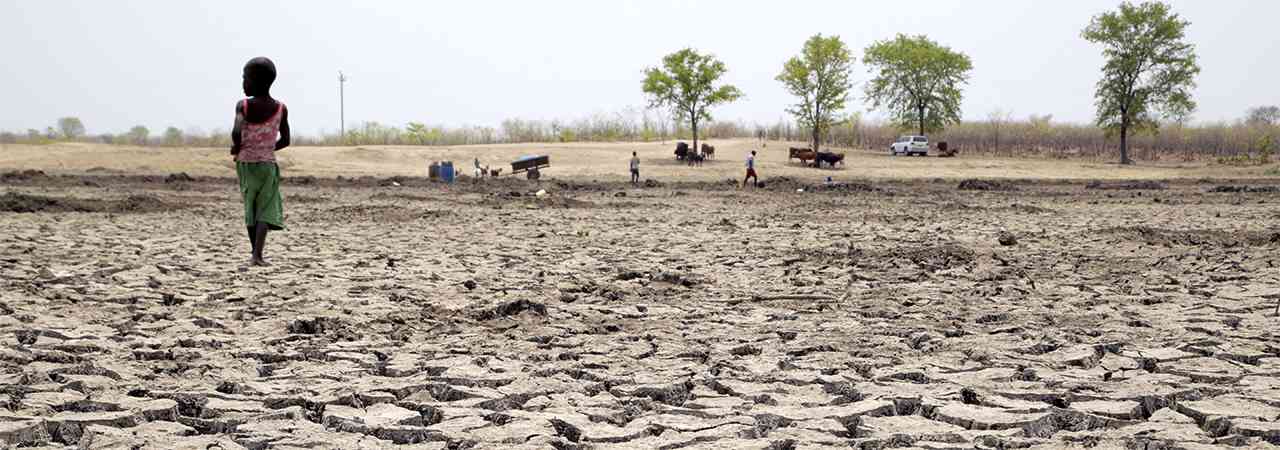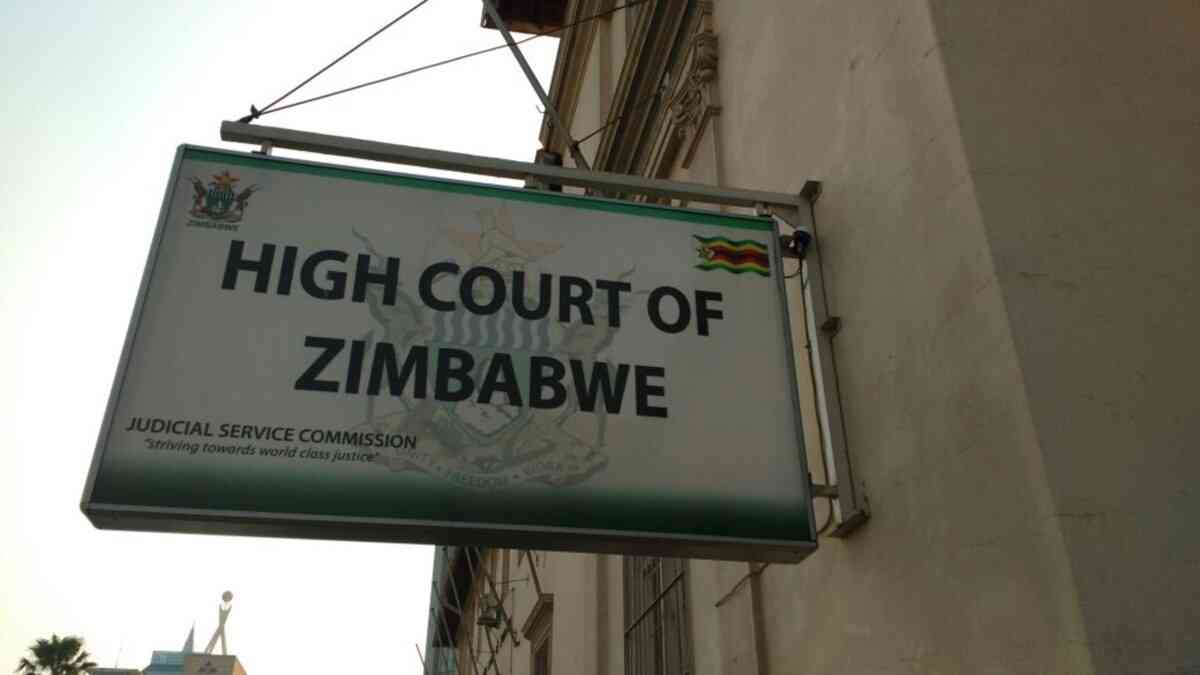
OVER 100 000 orphaned Zimbabwean children living with HIV are not on anti-retroviral (ARV) treatment as their guardians fail to take them to health facilities to access the life-prolonging drugs, a recent report has revealed.
OWN CORRESPONDENT
Guardians, especially those in rural areas, cite lack of money to travel to health centres that are far from their villages as the main reason for their failure to take the HIV-positive orphans for treatment.
ARVs can only be accessed at district hospitals in rural areas and guardians have appealed to authorities to bring the services to points closest to them for easier access.
According to the National Aids Council (NAC)’s latest report, 167 431 children under the age of 14 are HIV-positive, and 100 458 of them are not on ARVs as their guardians cannot afford to take them to health facilities for treatment.
Guardians of HIV-positive children in the Midlands province, who spoke to Southern Eye, said most health centres providing ARVs were not within easy reach and prohibitive transport costs prevented them from taking the children for treatment.
“My nine-year-old niece was born HIV-positive and her parents died from the same disease,” Zivanai Zhou of Rengwe in Mberengwa said .
“Life is difficult for me. I cannot afford to take her to hospital to get ARVs. The government should decentralise the ARV treatment centres so that we can take the children for treatment.”
- Chamisa under fire over US$120K donation
- Mavhunga puts DeMbare into Chibuku quarterfinals
- Pension funds bet on Cabora Bassa oilfields
- Councils defy govt fire tender directive
Keep Reading
Transport operators charge anything between $7 and $10 for a one-way trip from Rengwe to Mberengwa District Hospital, which is about 60km away, and that amount is beyond the reach of the majority of the villagers. Zhou’s niece used to live with her parents in Bulawayo and was placed into the care of relatives in Mberengwa following their death.
Zhou is among thousands of guardians and villagers forced to dig deep into their pockets to travel long distances to district hospitals for healthcare services.
“I don’t even have money to buy food and there is no way I can get money to accompany my late brother’s HIV-positive child to Zvishavane Hospital to get ARV treatment,” Martha Hove of Mazvihwa village in Zvishavane district, said.
Mazvihwa is about 40km from Zvishavane District Hospital.
NAC said over 20 000 children died of HIV-related complications countrywide every year.
Health and Child Care deputy minister Paul Chimedza said the government had programmes to encourage all mothers to be tested for HIV during pregnancy as well as teaching both guardians and parents on the importance of having HIV positive children on ARV treatment.
“They are counselled and notified on where to access treatment and so forth. We want to make sure that every HIV- positive mother, parent and guardian know where to access tablets for their kids,” Chimedza said.
NAC communications officer Tadiwa Pfupa urged the government to continue supporting programmes by her organisation and its implementing partners.
Pfupa said few pregnant women countrywide were booking for antenatal care within the first 12 weeks of pregnancy.
Antenatal care refers to the regular medical and nursing care recommended for women during pregnancy.
“Most of them come after the 12th week. The earlier a mother is tested, the earlier she is put on treatment if she is HIV-positive and the lesser the chances of the baby being born HIV-positive,” Pfupa said.
An estimated 1,2 million people are currently living with HIV and Aids in the country. Zimbabwe is one of the countries mostly affected by HIV and Aids in Africa although the infection rate has dropped slightly in recent years.
In 2011, the government launched the Zimbabwe National HIV and Aids Strategic Plan, which was a five-year (2011 to 2015) multi-sectoral framework developed to inform and guide the national response towards achieving zero new infections, zero discrimination and zero Aids-related deaths by 2015.
Three years ago, the United Nations General Assembly’s political declaration on HIV and Aids announced 10 targets to eradicate the disease.
Some of the targets included the reduction of sexual transmission of HIV by 50% by 2015, cutting down HIV transmission among people who inject drugs by the same percentage and reaching out to 15 million people with ARVs by 2015.
The targets also included eliminating stigma and discrimination against people living with and affected by HIV through the promotion of laws and policies that ensure the full realisation of all human rights and fundamental freedoms.










